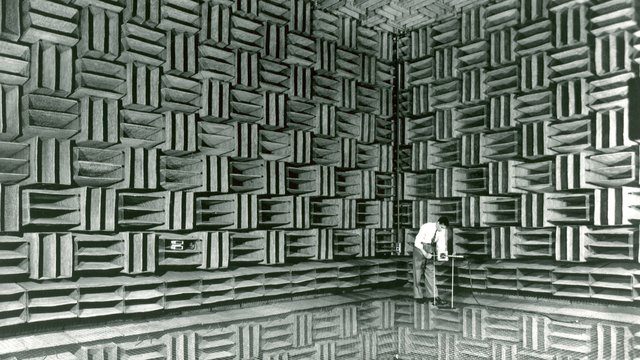“Box with the Sound of Its Own Making” is a seminal work by American artist Robert Morris, created in 1961. This piece is considered a landmark in the development of Minimalism and Conceptual Art. Here are some key details about the artwork:
Description
- Material and Construction: The piece consists of a small wooden box, measuring approximately 9 x 9 x 9 inches.
- Sound Element: Embedded within the box is a tape recorder that plays a recording of the sounds made during the construction of the box itself. This includes the sawing, hammering, and nailing necessary to assemble it.
Artistic Significance
- Process Documentation: By including the sound of its own making, Morris emphasizes the process of creation rather than the final product. This aligns with the ethos of Conceptual Art, where the idea behind the work takes precedence over its physical form.
- Viewer Engagement: The continuous playback of the construction sounds invites viewers to contemplate the relationship between art and its creation, encouraging them to think about the often-invisible labor and actions that go into making art.
- Minimalism: The work is minimalist in its straightforward form and concept. It strips art down to its basic elements—materials, process, and time.
Impact
- Influence on Art Movements: Morris’s work influenced both Minimalism and Conceptual Art, movements that emerged in the 1960s. His focus on simplicity, process, and the conceptual underpinnings of art challenged traditional notions of what art could be.
- Interdisciplinary Approach: The piece bridges visual art and sound art, showing Morris’s interest in interdisciplinary practices and expanding the boundaries of how art can be experienced.
Historical Context
- 1960s Art Scene: During the 1960s, many artists were exploring new forms and media, rejecting the abstract expressionism that had dominated the previous decade. Morris was among the avant-garde artists pushing these boundaries.
- Influence of Theories: Morris was influenced by contemporary philosophical and aesthetic theories, particularly those that questioned the nature of art objects and their relationship to viewers and the environment.
“Box with the Sound of Its Own Making” remains a powerful example of how art can interrogate its own creation and existence, making it a significant piece in the history of modern and contemporary art.

